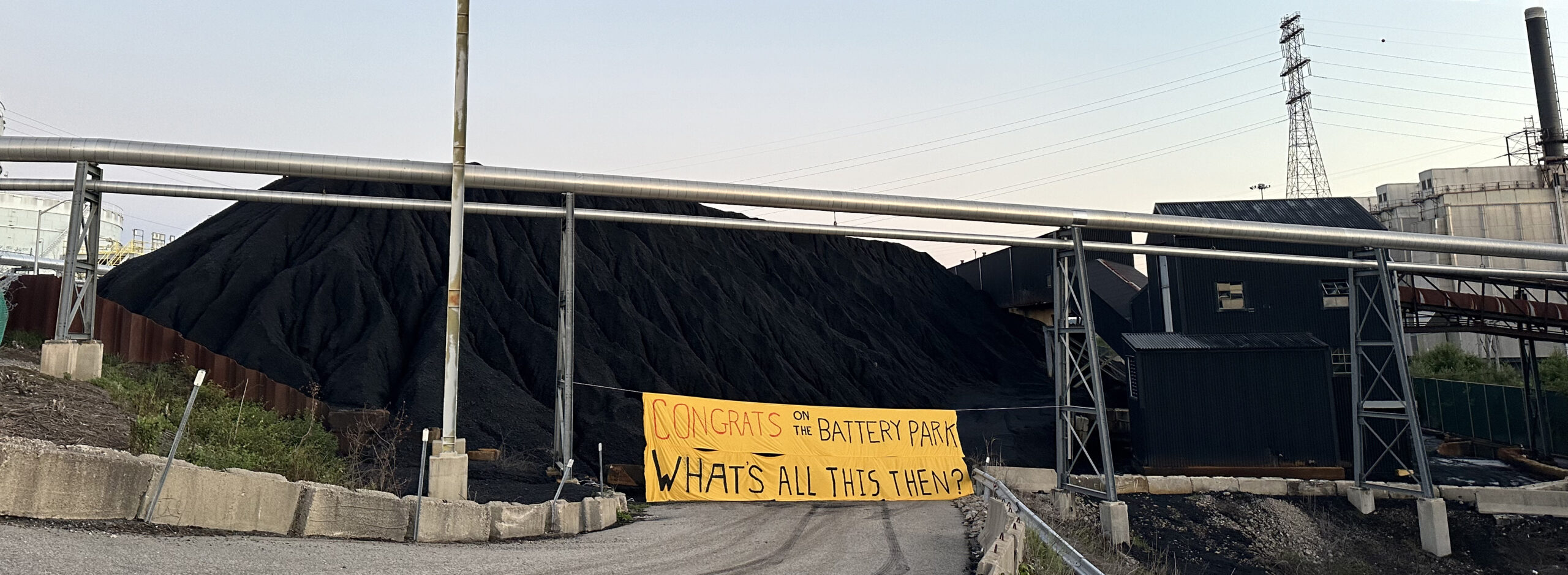Demand Response: A community-led approach
This project that focuses on the collective power of community members to significantly impact the reliability of our electricity grid. The amount of electricity we use in New England changes daily throughout the year. During temperature extremes, we use more electricity by turning on our heat or air conditioners. On those beautiful spring and fall days when we can open our windows and turn off the heat or AC, the demand on the electricity grid decreases. The times when we need more electricity are called “peaks”, and the New England grid operator (called an Independent System Operator, or ISO) plans for those peaks by keeping specific power plants at the ready, (“peaker plants”), just in case they need to generate more electricity to meet the demand. The majority of these plants run on fossil fuels like gas and oil and receive payments that come from us as ratepayers to be “on call” for increased demand, whether they actually run or not.
Demand response, the act of intentionally decreasing electricity usage during peak demand events is practiced in several regions of the country but is under utilized here in New England. In fact, we’ve never actually seen any evidence that the entities that receive forward capacity payments to do demand response get called on to make good on that promise. Instead, we see peaker plants start firing up when peak demand is forecasted.
We are doing what our utilities and grid regulators won’t: we are building a network of ratepayers who are ready to do “conservation demand response” ourselves.
Our approach to demand response comes from the understanding that when we work together, we can make a significant difference all the while ensuring that we still have access to the resources that we need to be healthy, safe, and comfortable in our homes. As individuals, many of us worry about wasting our resources, leaving the fridge open too long, turning on our air conditioning on a sweltering day, leaving a light on in case we need to get up at night. But as a community, we can work together so that one neighbor can use the shade of a tree in their yard and turn their fans off so that another neighbor who lives on a third floor can keep theirs on. We can also have a meal together during a peak and use one stove instead of five. Perhaps we can even swap laundry days so that the drier can run later in the evening when demand usually decreases. Doing all of these actions together means that we’re not just conserving electricity, but we are prioritizing building community.
We will stay grounded in community and mutuality because we are more than individual “consumers.” We have the power to choose to work collaboratively to shift our relationship to energy use, to become more intentional. And this means that together we have the power to transform how the energy markets in our region work. The whole thing runs on our money, so let’s dig in and make the system work for the communities that are most impacted by decision-makers that most of us have never heard of.
When demand for electricity is high, we will support each other in reducing our energy usage so that fossil fuel “peaker” plants don’t have to turn on. We will measure our impact on the grid, and then bid collectively into the very market system that seeks to keep us out. By establishing ourselves as a collective capable of responding to peak electricity demand, we will show grid regulators that voluntary conservation, not fossil fuel funding, is a key component to grid reliability. We will build an alliance of ratepayers ready to support each other in the face of snowballing economic, environmental, health, and social crises. And together we will build a foundation for joyful, community-centered conservation demand response and a just transition.
In April 2024, a cohort (4-6 small groups in three different parts of New England) began working with materials and approaches we have developed. In August we hope to add more groups in more parts of the region. We’ll be working with students and teachers, families and neighbors, grassroots groups and more official organizations. By the end of the year, the project will be open to ratepayers across the six New England States.
To get more updates on this project join our newsletter. We average fewer than one email per month.
